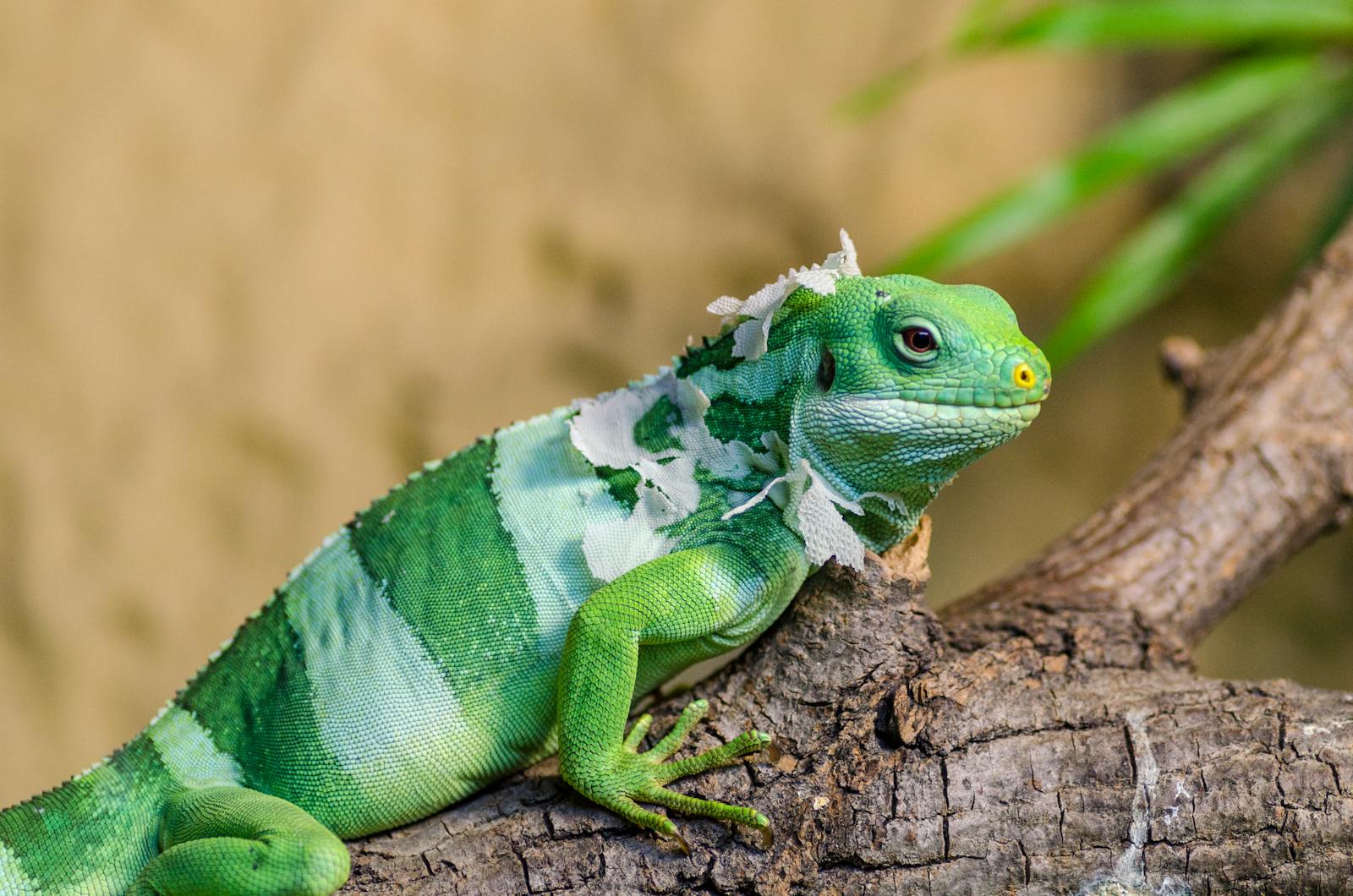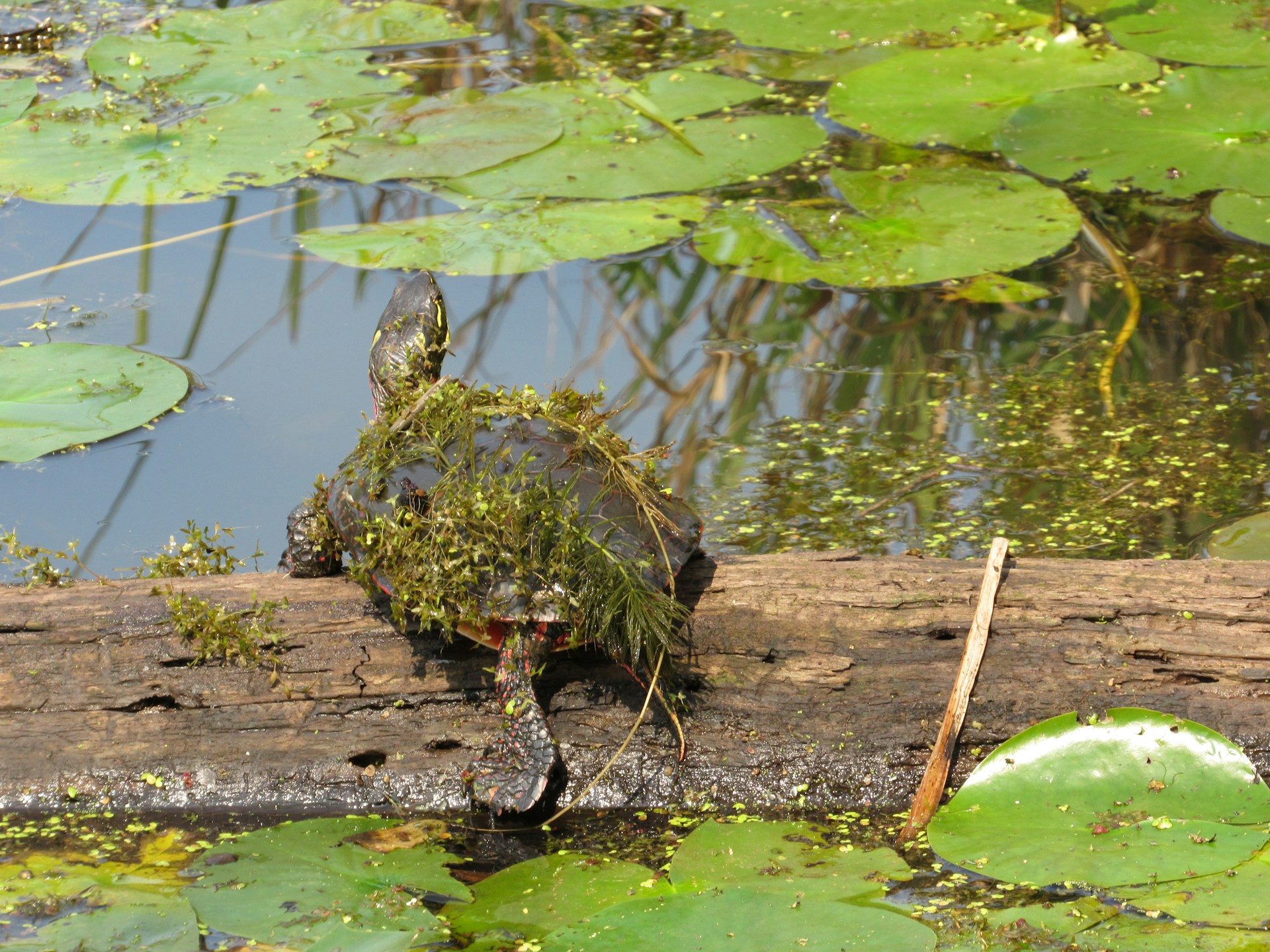In the realm of wildlife conservation, few tales are as inspiring as that of Lonesome George, the Pinta Island tortoise who became the face of extinction and subsequently sparked one of the most remarkable conservation turnarounds in modern history.
His story transcends the typical narrative of species loss, instead becoming a powerful catalyst for change that continues to influence conservation efforts worldwide.
The last of his subspecies, George’s solitary existence captured global attention and transformed how we approach the protection of endangered species.
This remarkable tortoise, with his gentle demeanor and iconic status, didn’t just represent the end of a lineage—he inspired a beginning for conservation initiatives that have since saved countless other species from a similar fate.
The Last of His Kind: Lonesome George’s Discovery
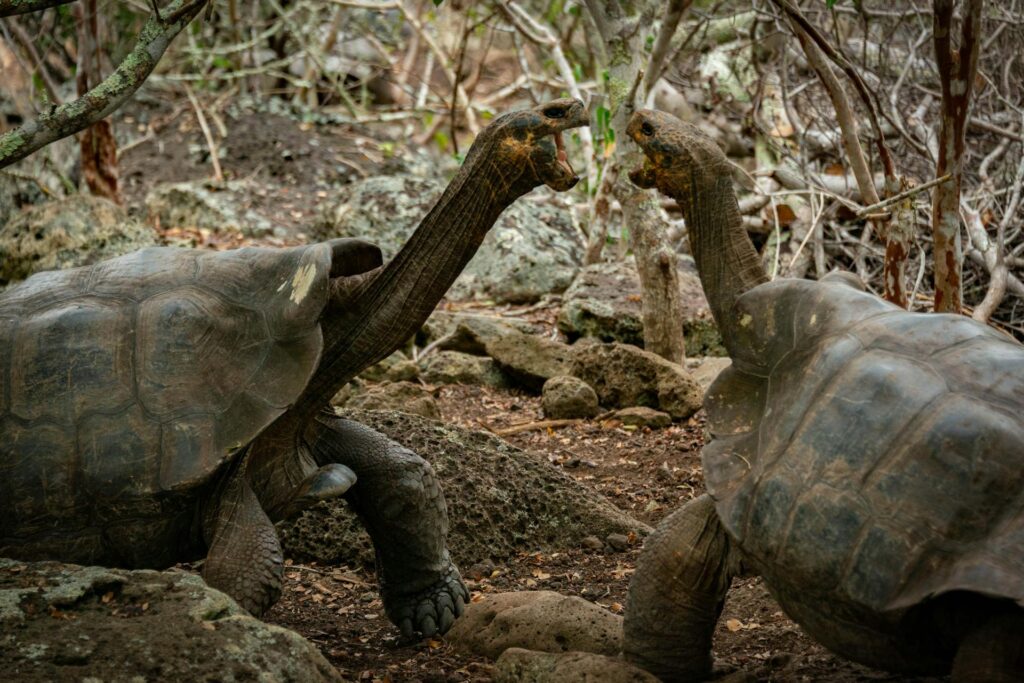
In 1971, a watershed moment in conservation history occurred when Hungarian scientist József Vágvölgyi encountered a solitary male Chelonoidis abingdonii tortoise on Pinta Island in the Galapagos.
This tortoise, later named Lonesome George, was a shocking discovery, as the subspecies had been declared extinct, with the last scientific observation recorded in 1906.
Following his discovery, George was carefully relocated to the Charles Darwin Research Station on Santa Cruz Island, where scientists hoped to find him a mate and potentially save his genetic lineage.
For decades, researchers scoured the archipelago and even offered substantial rewards for anyone who could locate another Pinta Island tortoise, particularly a female.
The quest to find George a companion became one of the most well-documented conservation efforts of the 20th century, drawing international attention to the plight of endangered species worldwide.
Understanding the Pinta Island Tortoise
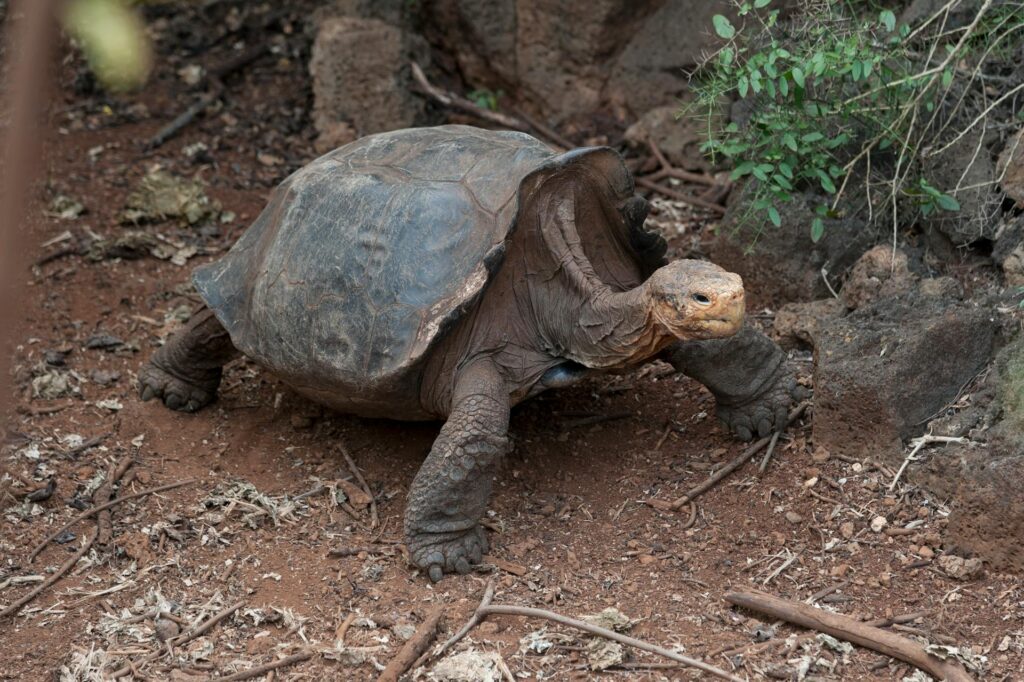
The Pinta Island tortoise (Chelonoidis abingdonii) evolved unique characteristics adapted to its native habitat on the northernmost island of the Galapagos archipelago.
These tortoises developed distinctively shaped shells with a raised front portion, allowing them to stretch their necks upward to reach vegetation unavailable to other subspecies. Males like Lonesome George typically weighed between 400 and 500 pounds and could measure over five feet in length when fully extended.
Their remarkable adaptation to the arid conditions of Pinta Island included the ability to store water for long periods and survive on minimal vegetation during dry seasons.
Like other Galapagos tortoises, they could potentially live for more than 100 years in the wild, making them among the longest-lived vertebrates on Earth—a characteristic that made George’s status as the last of his kind all the more poignant.
The Human Impact: Why the Pinta Tortoises Disappeared
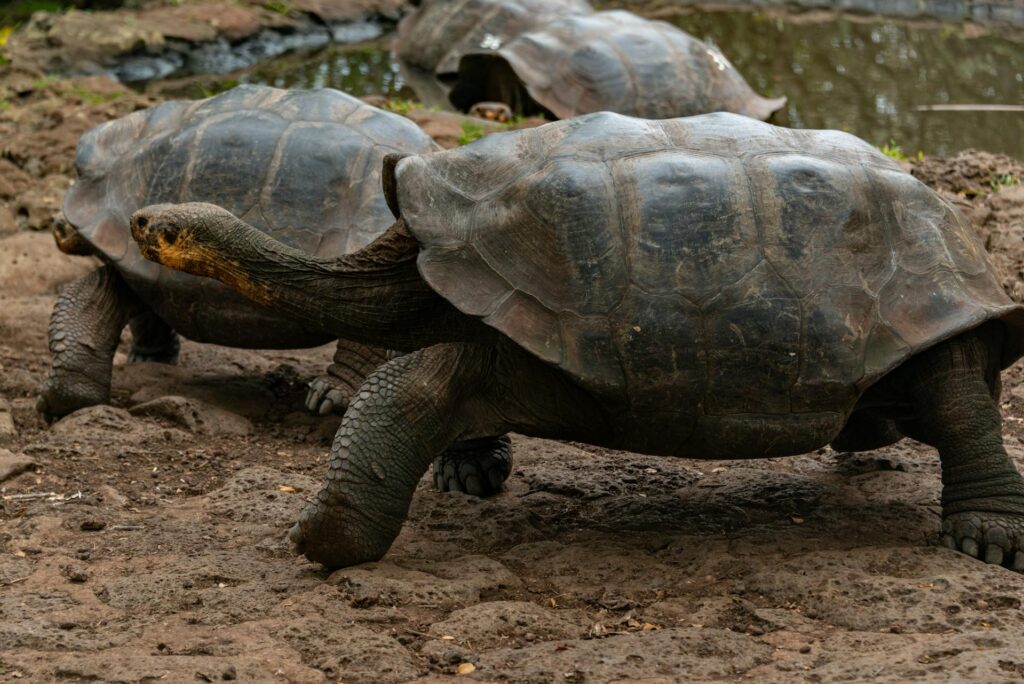
The decline of the Pinta Island tortoise presents a classic case of human-caused extinction, beginning with the arrival of sailors and whalers in the 17th and 18th centuries.
These seafarers discovered that Galapagos tortoises could survive for months in ship holds without food or water, making them ideal living provisions for long voyages—an exploitation that removed thousands of tortoises from the islands.
Meanwhile, introduced goats devastated the Pinta ecosystem by consuming native vegetation crucial to the tortoises’ survival and reproduction.
Rats and other introduced predators feasted on tortoise eggs and hatchlings, further decimating a population already struggling to recover from direct harvesting.
The combined effects of these human interventions created a perfect storm of pressures that pushed the Pinta tortoise to the brink of extinction long before conservationists understood the gravity of the situation.
Life at the Charles Darwin Research Station
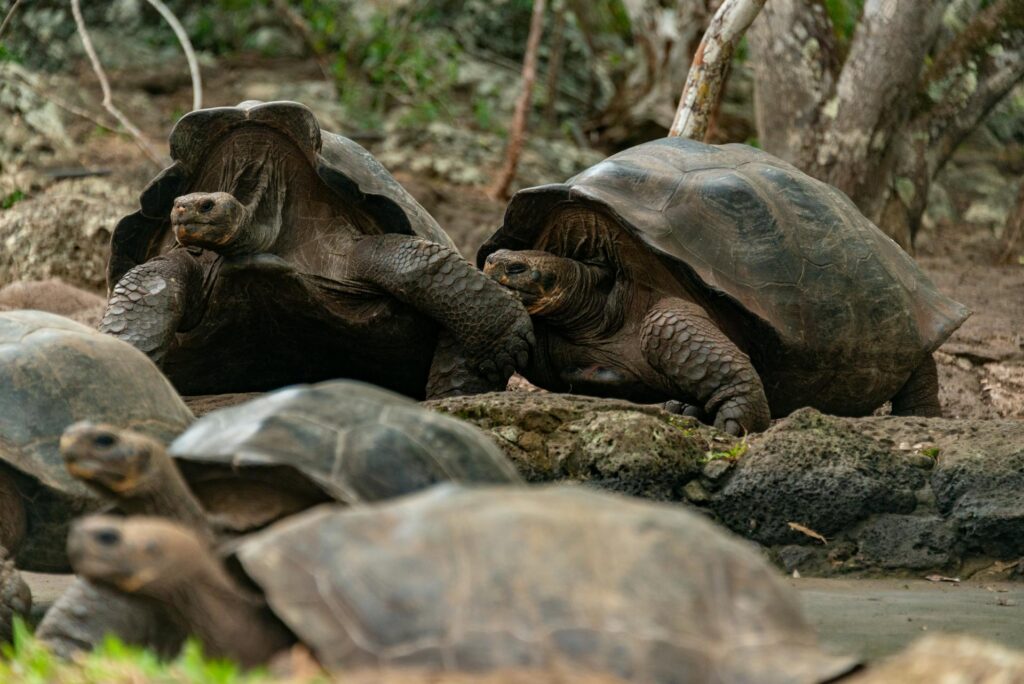
Lonesome George’s life at the Charles Darwin Research Station spanned more than four decades, during which he became the most famous tortoise in the world and the face of conservation efforts in the Galapagos.
His enclosure was carefully designed to mimic his native habitat while allowing visitors to observe him safely, making him the station’s most popular resident.
Caretakers developed close bonds with George, noting his distinctive personality traits—including a preference for certain foods and a notably relaxed demeanor around humans.
Despite numerous attempts to breed him with females from closely related subspecies, including the Wolf Volcano tortoises, George never successfully produced offspring.
His daily care regimen included a carefully monitored diet, regular health checkups, and controlled exposure to the public, balancing his role as an ambassador for conservation with his needs as a living specimen of an otherwise extinct subspecies.
Failed Breeding Attempts and Their Scientific Value

Over the decades, scientists made multiple attempts to preserve George’s genetic lineage through breeding programs with females from closely related tortoise subspecies.
The most promising efforts involved females from Isabela Island, whose DNA showed the closest match to the Pinta Island tortoise genome.
Though these breeding attempts never produced viable offspring, they generated valuable scientific data about reproductive barriers between Galapagos tortoise subspecies and advanced our understanding of chelonian reproductive biology.
Researchers collected and preserved genetic material from George, anticipating future technologies that might allow for the reintroduction of Pinta tortoise genes into the population.
These failed breeding programs, while disappointing from a conservation perspective, created unprecedented collaboration between international zoological institutions and established protocols for endangered species breeding that have since been applied successfully to other threatened reptiles worldwide.
The Day the World Lost George
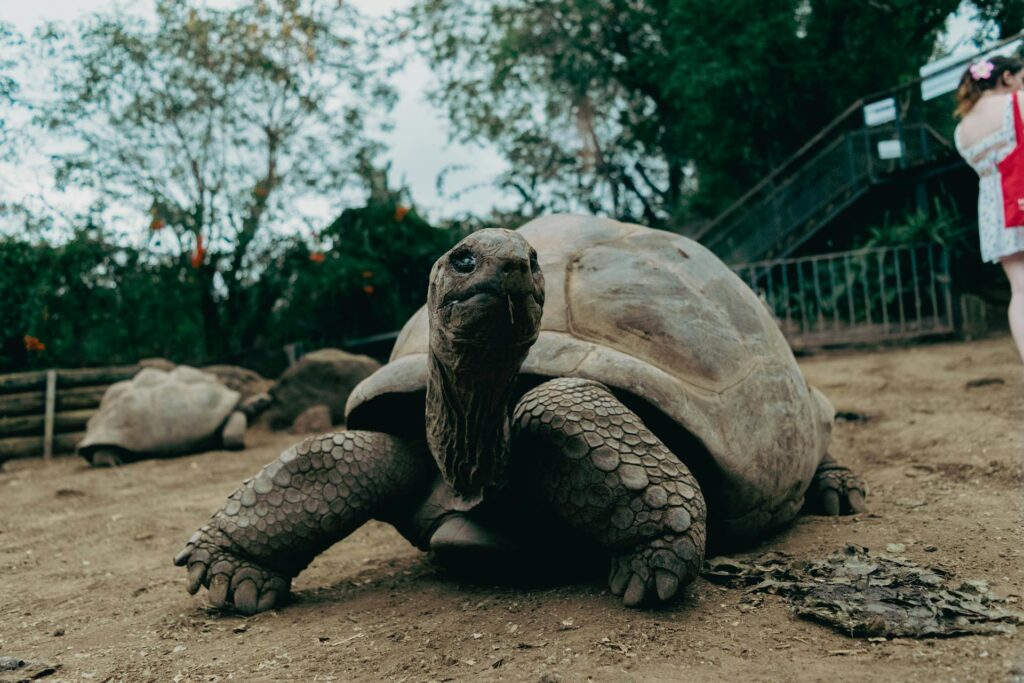
On June 24, 2012, the conservation world experienced a profound loss when Lonesome George was found dead in his enclosure by his longtime caretaker, Fausto Llerena.
Estimated to be approximately 100 years old at the time of his death, George had shown no signs of illness in the days preceding his passing, making his sudden death all the more shocking to the scientific community.
A necropsy revealed that George had died of natural causes related to old age, bringing finality to the extinction of the Pinta Island tortoise subspecies.
The news of his death spread rapidly across global media outlets, triggering an outpouring of grief and reflection on humanity’s role in species extinction.
As the last known individual of his kind, George’s death represented more than the loss of a beloved animal—it marked the definitive end of a unique evolutionary lineage that had developed over millions of years in isolation on Pinta Island.
George’s Legacy: The Birth of a Conservation Movement
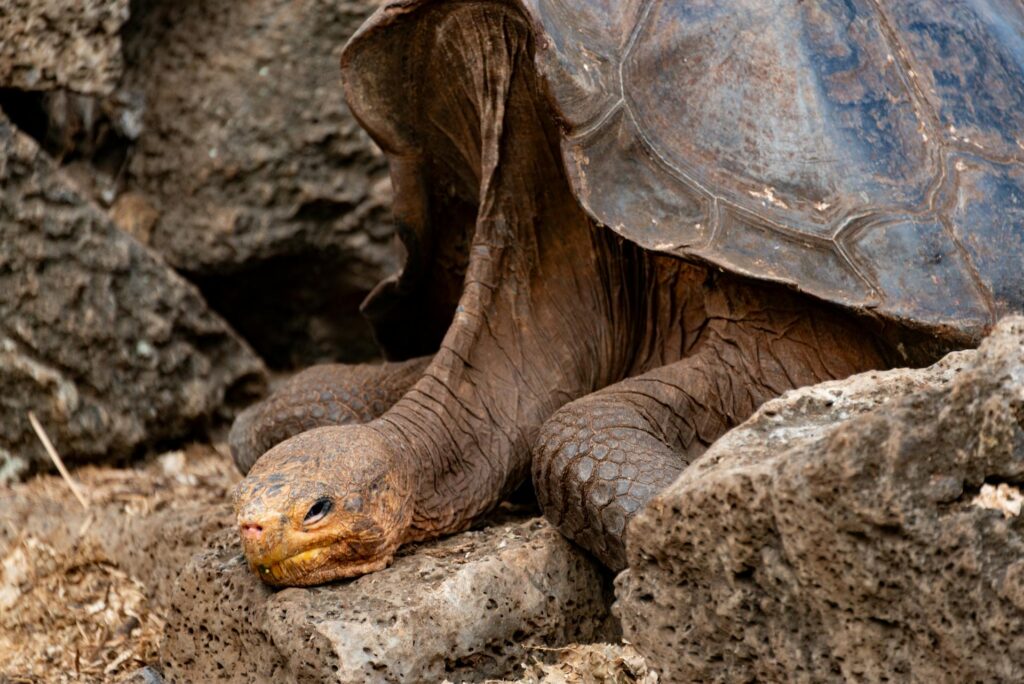
Though Lonesome George’s death marked the end of his subspecies, it catalyzed an unprecedented conservation movement in the Galapagos Islands and beyond.
His story transformed public understanding of extinction from an abstract concept to a tangible reality with a face and a name.
The Ecuadorian government, responding to international concern following George’s discovery, established the Galapagos National Park Service and implemented strict regulations to protect the remaining tortoise populations.
Funding for conservation initiatives in the archipelago increased exponentially as George became a global symbol of the fight against extinction.
Perhaps most significantly, the Giant Tortoise Restoration Initiative was launched in direct response to lessons learned from George’s story, focusing on breeding and reintroduction programs for the remaining tortoise subspecies.
Through education programs centered on George’s narrative, a new generation of conservationists has been inspired to dedicate their careers to preventing similar extinctions worldwide.
The Giant Tortoise Restoration Initiative
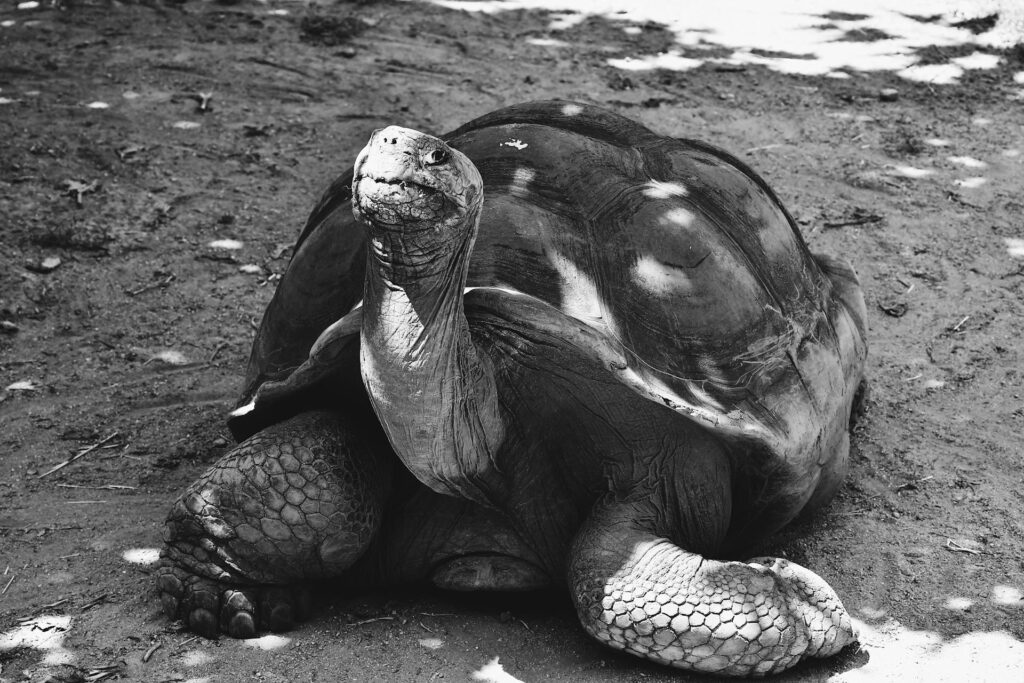
In the wake of George’s death, the Galapagos Conservancy and the Galapagos National Park Directorate partnered to create the Giant Tortoise Restoration Initiative (GTRI), one of the most ambitious reptile conservation programs ever undertaken.
This comprehensive program focuses on restoring tortoise populations throughout the archipelago, employing cutting-edge breeding techniques and genetic research to maximize population viability.
Each year, the initiative successfully raises and releases hundreds of juvenile tortoises, carefully monitoring their adaptation to wild conditions through satellite tracking and field studies.
The GTRI also includes extensive habitat restoration work, removing invasive species and replanting native vegetation crucial for tortoise survival.
Through these coordinated efforts, tortoise populations on several islands have begun to recover, with successful breeding observed in the wild for the first time in generations—a direct result of the conservation awareness sparked by Lonesome George’s story.
Unexpected Hope: The Wolf Volcano Discovery

In a stunning development that added a bittersweet note to George’s legacy, genetic testing in 2012 revealed that some tortoises living around Wolf Volcano on Isabela Island carried significant Pinta Island tortoise DNA.
This discovery suggested that whalers had moved tortoises between islands, resulting in hybrid individuals with partial Pinta Island ancestry.
Further expeditions and more comprehensive genetic sampling identified at least 17 hybrid tortoises with varying degrees of Pinta heritage, including some juveniles—evidence that these hybrid animals were successfully reproducing.
This revelation offered an unexpected path toward partial restoration of the Pinta tortoise lineage through selective breeding programs focused on individuals with the highest percentage of Pinta genes.
In 2015, these hybrid tortoises were collected and brought into a captive breeding program specifically designed to maximize the expression of Pinta Island tortoise characteristics in future generations, potentially allowing for a genetic resurrection of sorts for George’s lost subspecies.
Taxidermy and Exhibition: George as an Educational Icon
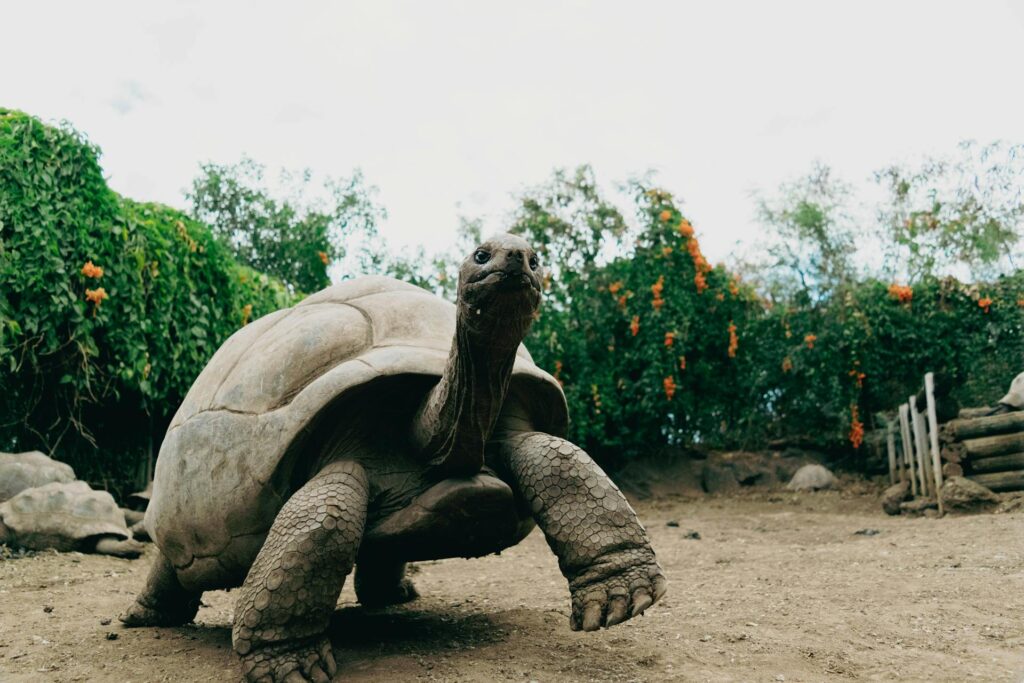
Following his death, Lonesome George underwent a meticulous taxidermy process at the American Museum of Natural History in New York, where world-class specialists worked to preserve him as an educational exhibit.
The preservation process took nearly four years to complete, with experts carefully documenting every aspect of his physical features to ensure accurate representation for future generations.
In 2017, George’s preserved form was returned to Ecuador and placed on permanent display at the Galapagos National Park’s new visitor center, where he continues to educate thousands of visitors annually about extinction and conservation.
The exhibition surrounding George includes interactive elements that explain the unique evolutionary history of Galapagos tortoises and the specific threats that led to the Pinta subspecies’ demise.
Beyond the physical exhibit, George’s image appears in educational materials worldwide, from elementary school textbooks to university-level conservation biology courses, cementing his status as perhaps the most recognizable individual animal in the history of conservation education.
Ecosystem Restoration on Pinta Island
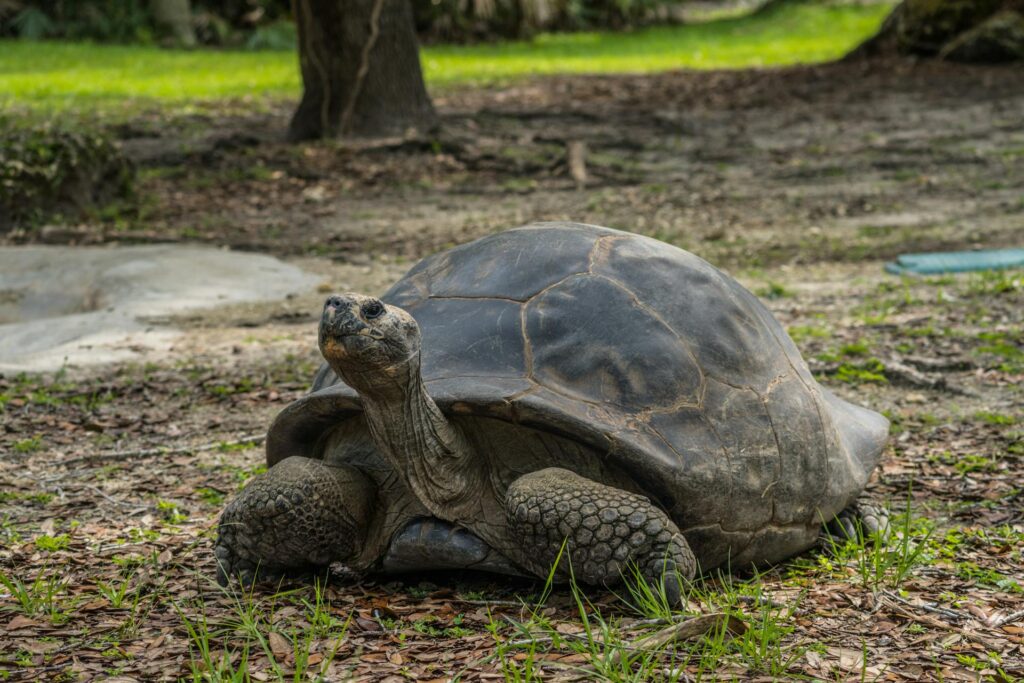
Lonesome George’s story sparked a comprehensive effort to restore the ecological balance of his native Pinta Island, beginning with one of the largest goat eradication programs ever attempted.
Between 1999 and 2003, a systematic hunting operation successfully removed approximately 41,000 feral goats from the island, allowing the severely degraded vegetation to begin recovery.
Following this crucial first step, botanists documented the remarkable natural regeneration of native plant species, many of which had been reduced to isolated remnants during the goat invasion.
In 2010, scientists took the bold step of introducing sterilized tortoises from other islands as ecological replacements, allowing these “ecosystem engineers” to resume the critical role of seed dispersal and vegetation management that the Pinta tortoises once performed.
The ongoing monitoring of Pinta’s recovery has provided valuable data for other island restoration projects worldwide, demonstrating that even severely damaged ecosystems can recover when invasive species are removed and keystone species functions are restored.
Conservation Ethics and the Value of a Single Species

The extraordinary resources dedicated to Lonesome George—both during his lifetime and after his death—have prompted important discussions about conservation ethics and the allocation of limited resources.
Some critics questioned whether such intensive focus on a single subspecies was justified when so many other species face extinction with far less attention or funding.
Defenders of the Lonesome George conservation efforts point to the “flagship species” concept, arguing that his iconic status generated public interest and financial support that benefited the entire Galapagos ecosystem and conservation movement broadly.
The debate around George’s case has influenced how conservation organizations approach triage decisions when determining which species receive priority attention.
Perhaps most importantly, George’s story forced a reckoning with the philosophical question of what value we assign to biodiversity and whether humanity has a moral obligation to prevent extinctions that our activities have caused—questions that continue to shape conservation policy and practice around the world.
The Global Impact: How One Tortoise Changed Conservation

The ripple effects of Lonesome George’s story extend far beyond the Galapagos, influencing conservation practices and policies worldwide.
His image and narrative have been used effectively by organizations ranging from the World Wildlife Fund to local conservation groups to illustrate the concrete reality of extinction in fundraising and awareness campaigns.
The legal protection of endangered species was strengthened in multiple countries as legislators referenced George’s story when advocating for stricter penalties against wildlife trafficking and habitat destruction.
Conservation biologists now routinely incorporate genetic banking into management plans for critically endangered species—a direct lesson from the experience with George, where genetic material was preserved but came too late to prevent extinction.
Perhaps most significantly, the concept of “de-extinction” through selective breeding of hybrid descendants gained scientific legitimacy and funding following the discoveries at Wolf Volcano, opening new ethical and practical frontiers in conservation biology that may eventually benefit many species beyond Galapagos tortoises.
Lessons for the Future: Preventing the Next Lonesome George
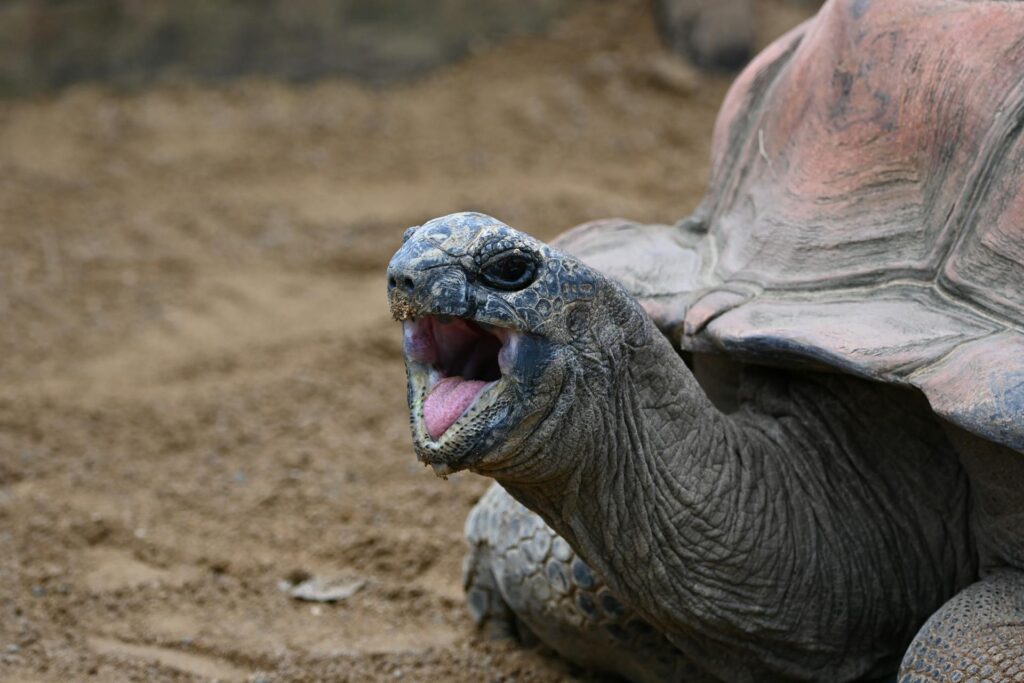
The poignant story of Lonesome George has fundamentally altered how conservation organizations approach critically endangered species, with early intervention now recognized as essential to prevent similar extinction scenarios.
Modern conservation protocols increasingly emphasize proactive genetic management, including the establishment of breeding populations well before a species declines to single digits in the wild.
The “Lazarus effect”—where species presumed extinct are rediscovered, as happened with the partial Pinta tortoise genes—has inspired more thorough surveys of remote habitats where relict populations might persist.
Educational programs worldwide now incorporate Lonesome George’s story when teaching about biodiversity loss, creating emotional connections that statistics alone cannot achieve.
Perhaps most importantly, the ongoing restoration success in the Galapagos following George’s death demonstrates that while extinction may be forever, ecosystem recovery remains possible with sufficient commitment and scientific understanding—a message of hope that continues to inspire conservation action for threatened species on every continent.
The story of Lonesome George and the subsequent conservation renaissance in the Galapagos stands as one of the most powerful examples of how loss can inspire protection.
Though the world will never again see a pure Pinta Island tortoise ambling through its native habitat, George’s legacy lives on in the thousands of other tortoises now thriving in the archipelago thanks to the awareness and action he inspired.
From a single, solitary reptile came a global movement that continues to evolve and expand, demonstrating that even in the face of extinction, humanity can learn, adapt, and ultimately protect the remarkable diversity of life that shares our planet.
As visitors stand before George’s preserved form in the Galapagos, they witness not just the end of a species, but the beginning of a conservation ethic that may yet save countless others from the same fate.


